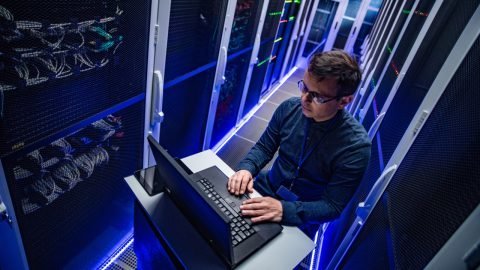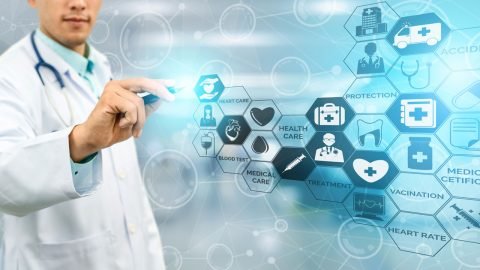It is essential for the dental industry of today to provide dental services that are fast, reliable, and highly secure. This can be accomplished using advanced information technology (IT) services. You can, however, expose yourself to cybersecurity risks and unhappy patients if you don’t have expert guidance and maintenance.
During the last few decades, dentistry technology has progressed significantly. The internal administrative practices of your organization must also evolve as your profession has done.
In addition to serving your patients, keeping up with technology benefits your staff as well. It is more efficient for employees to perform their jobs when they have the right tools for success—enabling them to provide even better service to their valued clients.
1. Augmented Reality
The concept of augmented reality (AR) might be familiar to you. Reconstructive and aesthetic procedures are where augmented reality is most prevalent in dentistry.
AR apps let users overlay virtual depictions of their better teeth before the procedure using their phone or tablet’s camera. Before they even step into the surgery room, patients can customize the height and spacing of their teeth.
2. Teledentistry
Consider how hard it must be for elderly people in nursing homes, disabled patients, or children to go to the dentist. Furthermore, people who live in rural areas are often unable to access a dentist, and almost always have little choice.
The benefits of teledentistry include easier access to oral and dental care appointments, a reduction in patient costs, a shift from expensive preventative practices, and the opportunity to consult with medical professionals otherwise unavailable.
3. Intra-Oral Camera
Dentists cannot always see what they want to see even when you open your mouth wide, even if you use the dental mirror to help you.
This is one of the greatest inconveniences when sitting in the dentist’s chair. With intra-oral cameras, its advanced liquid lens technology ensures that images captured are clear and detailed so patients can understand what the images mean.
4. CAD and 3D Printing
As a technology that has the capability of printing medicine, prosthetics, and even organ replicas, 3D printing needs no introduction in healthcare.
Computer-aided design (CAD) technology uses a computer to take a picture of the prepared tooth and prepare it for the crown. After that, the image gets relayed to a machine that makes the crown.
Dental equipment can also be made with 3D printers, including orthodontic models, surgical guides, aligners, and retainers.
5. Virtual Reality
With virtual reality (VR) headset, the user is completely immersed in a virtual environment, not the outside world like AR. Surgeons can stream operations worldwide using virtual reality cameras and allow students to observe operations in the operating room using VR goggles.
The use of virtual reality in dentistry can also be highly effective as a distraction tool. The treatment was accompanied by goggles that displayed calming natural scenes, which helped patients to remember it more positively in the future.
Choose the Right IT Services to Streamline Your Dental Operations!
We provide dental IT services and support that help your practice grow and remain compliant based on our extensive industry experience at Affant IT Management.
Your administrative and clinical operations will be streamlined with our systems and software so you can keep your IT up-to-date, secure, and always available. Put IT worries and compliance headaches aside and focus on taking care of your patients.
To learn more about our unparalleled IT services, contact us at 714-338-7100 at Affant IT Management today!











